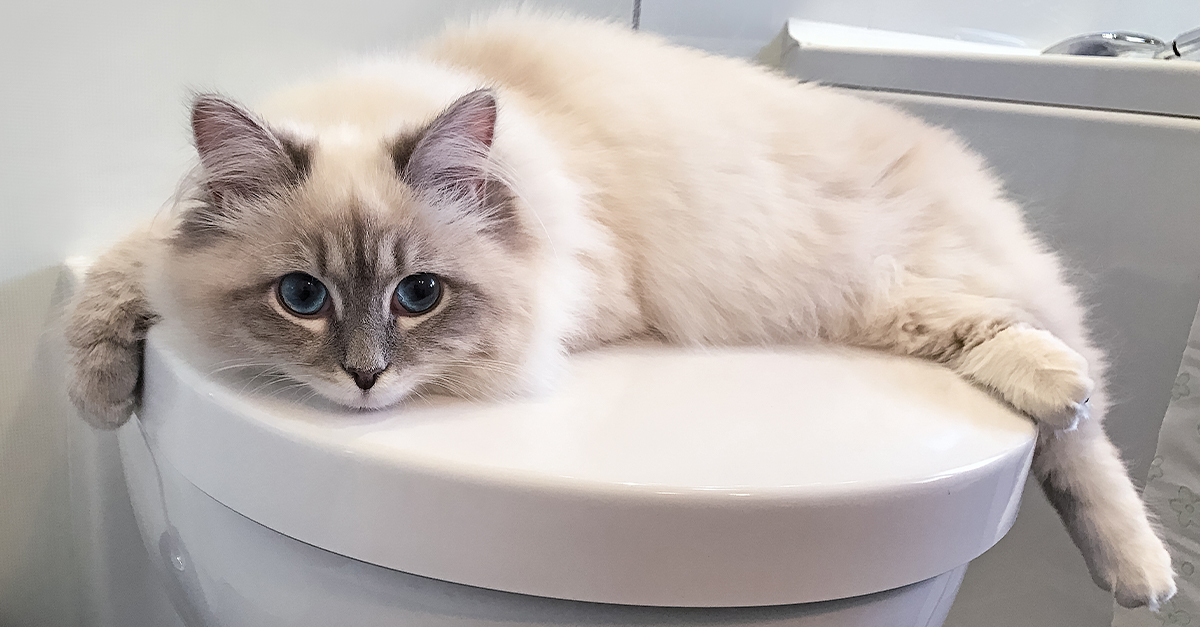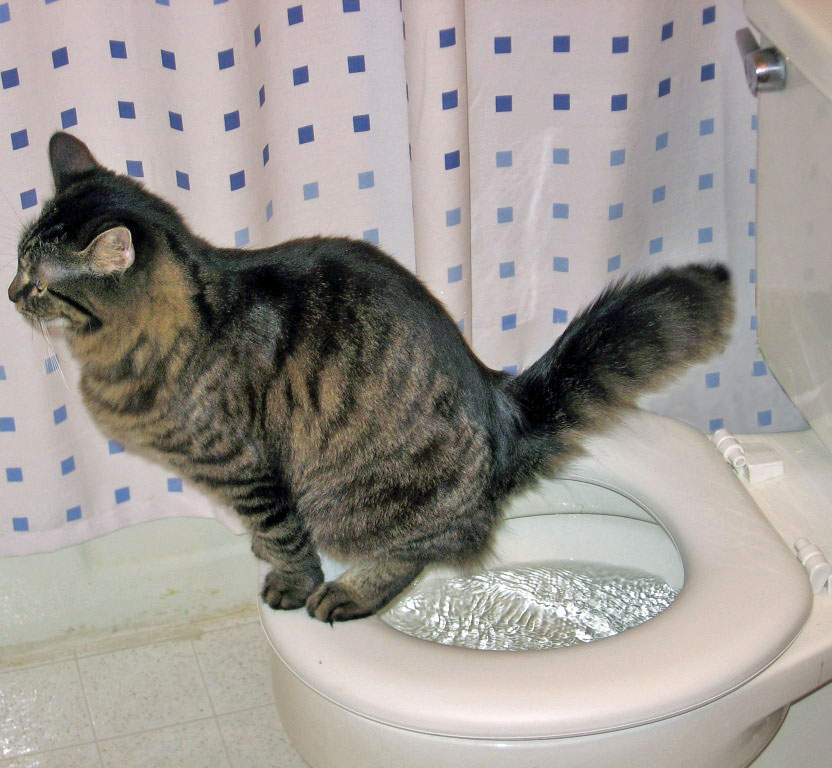Avoid Flush Cat Poop Down Your Toilet - Preserve Your Home's Plumbing Integrity
Avoid Flush Cat Poop Down Your Toilet - Preserve Your Home's Plumbing Integrity
Blog Article
The article author is making a number of great points on the subject of How to Dispose of Cat Poop and Litter Without Plastic Bags in general in this content underneath.

Introduction
As pet cat owners, it's vital to be mindful of just how we get rid of our feline friends' waste. While it may appear convenient to flush feline poop down the commode, this practice can have damaging effects for both the environment and human health.
Environmental Impact
Purging pet cat poop presents hazardous microorganisms and bloodsuckers right into the water system, posturing a substantial threat to marine ecological communities. These contaminants can adversely influence aquatic life and compromise water high quality.
Health Risks
In addition to ecological worries, flushing cat waste can additionally present health and wellness risks to human beings. Feline feces may have Toxoplasma gondii, a bloodsucker that can cause toxoplasmosis-- a possibly severe illness, especially for pregnant females and individuals with weakened immune systems.
Alternatives to Flushing
Thankfully, there are safer and extra responsible ways to get rid of feline poop. Think about the adhering to alternatives:
1. Scoop and Dispose in Trash
The most typical method of dealing with cat poop is to scoop it right into a biodegradable bag and throw it in the garbage. Make sure to utilize a committed clutter inside story and deal with the waste quickly.
2. Use Biodegradable Litter
Opt for naturally degradable feline litter made from materials such as corn or wheat. These litters are environmentally friendly and can be securely dealt with in the trash.
3. Hide in the Yard
If you have a lawn, consider burying pet cat waste in an assigned area far from vegetable yards and water resources. Be sure to dig deep adequate to avoid contamination of groundwater.
4. Install a Pet Waste Disposal System
Buy an animal garbage disposal system specifically made for feline waste. These systems make use of enzymes to break down the waste, minimizing smell and environmental effect.
Conclusion
Accountable pet dog ownership prolongs past giving food and shelter-- it likewise entails correct waste management. By refraining from flushing feline poop down the commode and going with alternative disposal methods, we can reduce our environmental footprint and safeguard human health and wellness.
Why Can’t I Flush Cat Poop?
It Spreads a Parasite
Cats are frequently infected with a parasite called toxoplasma gondii. The parasite causes an infection called toxoplasmosis. It is usually harmless to cats. The parasite only uses cat poop as a host for its eggs. Otherwise, the cat’s immune system usually keeps the infection at low enough levels to maintain its own health. But it does not stop the develop of eggs. These eggs are tiny and surprisingly tough. They may survive for a year before they begin to grow. But that’s the problem.
Our wastewater system is not designed to deal with toxoplasmosis eggs. Instead, most eggs will flush from your toilet into sewers and wastewater management plants. After the sewage is treated for many other harmful things in it, it is typically released into local rivers, lakes, or oceans. Here, the toxoplasmosis eggs can find new hosts, including starfish, crabs, otters, and many other wildlife. For many, this is a significant risk to their health. Toxoplasmosis can also end up infecting water sources that are important for agriculture, which means our deer, pigs, and sheep can get infected too.
Is There Risk to Humans?
There can be a risk to human life from flushing cat poop down the toilet. If you do so, the parasites from your cat’s poop can end up in shellfish, game animals, or livestock. If this meat is then served raw or undercooked, the people who eat it can get sick.
In fact, according to the CDC, 40 million people in the United States are infected with toxoplasma gondii. They get it from exposure to infected seafood, or from some kind of cat poop contamination, like drinking from a stream that is contaminated or touching anything that has come into contact with cat poop. That includes just cleaning a cat litter box.
Most people who get infected with these parasites will not develop any symptoms. However, for pregnant women or for those with compromised immune systems, the parasite can cause severe health problems.
How to Handle Cat Poop
The best way to handle cat poop is actually to clean the box more often. The eggs that the parasite sheds will not become active until one to five days after the cat poops. That means that if you clean daily, you’re much less likely to come into direct contact with infectious eggs.
That said, always dispose of cat poop in the garbage and not down the toilet. Wash your hands before and after you clean the litter box, and bring the bag of poop right outside to your garbage bins.
https://trenchlesssolutionsusa.com/why-cant-i-flush-cat-poop/

We were made aware of that article on How to Dispose of Cat Poop and Litter Without Plastic Bags from a good friend on another site. I beg you take the opportunity to share this blog post if you appreciated it. We enjoy reading our article about Don’t flush cat feces down the toilet.
Visit My Web Page Report this page